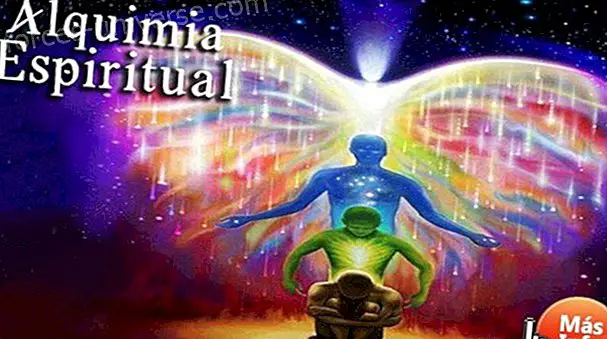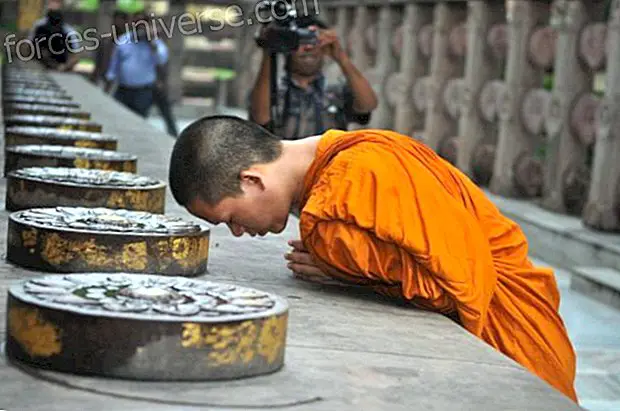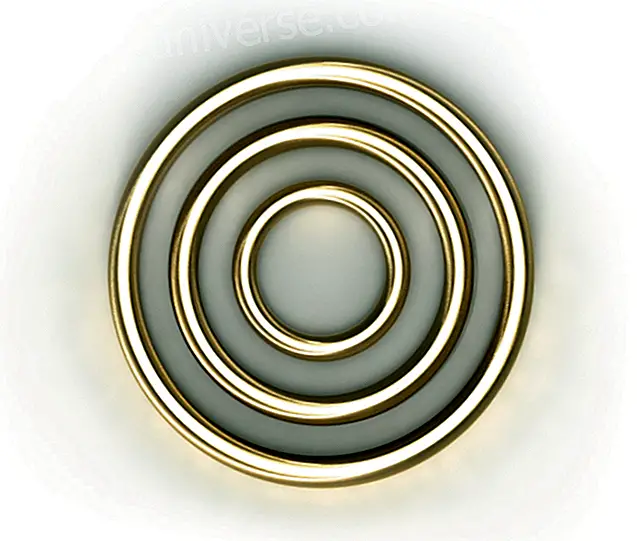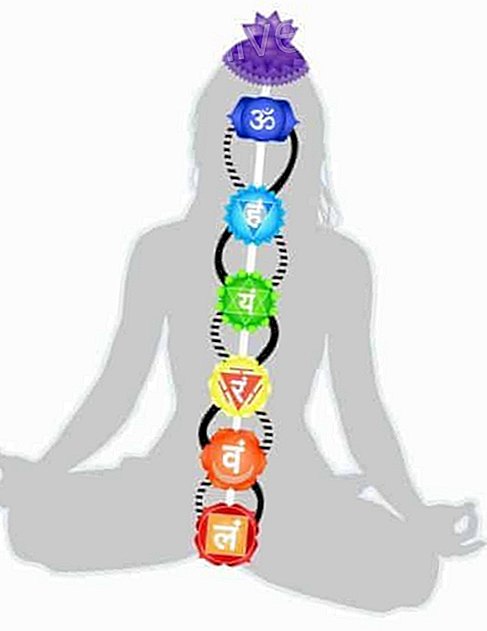 Shamanisms .. healers, shamanic meditation.
Shamanisms .. healers, shamanic meditation.
CHAMANIC MEDITATION
Chapter XXII of the book The Meditation, by Jacobo Grinberg-Zylberbaum,
UNAM and INPEC, Mexico, 1991.
There are a lot of meditation techniques used by Mexican shamans. Each lineage of shamans practices specific techniques that have their origin in remote periods.
Mexican shamans use these techniques to purify themselves and prepare themselves in their healing work or in their work as native psychologists. Some of these meditation techniques are explained below, as used by the shamans referred to in the text.
Olmec meditation
The Olmecs were a highly developed people who believed that the true meaning of existence consists in participating, promoting the maintenance and development of the Cosmic order.
There is evidence that the Olmecs developed meditative systems whose instructions are engraved on the large stone statues they carved. Possibly, they were the originators of shamanism in Mexico whose representatives still exist.
Olmec meditation implies a very interesting body management which has a vitalizing, rejuvenating and maintenance effect of an optimal state of health. In fact, it is said that if Olmec meditation is practiced constantly for five years, its effect is to maintain, permanently, youth.
To practice Olmec meditation, the sitting posture is used, with a straight back. The meditator begins by focusing attention on his body, focusing first on his spine. Visualize the latter and imagine a light or energy that revolves around the column counterclockwise; that is, to the left. This twist is done along the spine from its base until it is inserted into the skull. The rotation is made around the column from top to bottom and from bottom to top, until it can be extended to its entire length. As the outer rotation continues, an attempt is made to penetrate the spine by turning it to the left - but inside.
If the meditator succeeds, he will soon notice that his entire spine manifests a sustained turn to the left in all its length and length. When the above is achieved, then the attention is fixed on the brain also turning it to the left. The cerebral gyrus begins with a strategy similar to that used with the spine; that is to say, first the meditator visualizes a light or an energy that surrounds the brain turning to the left and little by little it makes penetrate the turn towards the interior of the cerebral mass until it obtains that all of it, in each of its parts, turns on the left.
Later and using a similar procedure, each organ of the body is treated: heart, lungs, stomach, intestines, genital organs, etc., and they are turned to the left.
Finally, the turn extends to the legs, arms, chest and in general, to the entire body.
There is no time limit to keep the left turn, although two turning periods of twenty minutes each are recommended, at least enough to begin to feel the benefits derived from this practice.
Yaqui meditation
One of the most interesting shamanic legacies is the technique of balance between the left and right sides used in the tradition of the Yaquis Indians. To perform this exercise the practitioner stands up and visualizes two vertical columns of energy located on both sides of his body. The first step of this technique is to “hug” the left column by placing the left arm above and the right one below the column. Next, move the column to the right side by depositing it there. Now the right column is hugged by placing the right arm up and the left arm down and moved to the left by placing it there.
The above sequence is repeated as many times as necessary until you feel an increase in energy and an internal balance.
Once the previous exercise is finished, the practitioner visualizes a horizontal column of energy that surrounds him at the level of the navel. Turning your back to the left "cuts" the column with your left hand as if it were a knife, place the palm of your hand perpendicular to the cut and push the column while holding it with your right arm.
Keep pushing and holding the spine until it is on your back, with a final pull. Now, turn your back to the right, "cut" the column with your right hand by placing the palm perpendicular to the cut and push the column by holding it with your left arm and placing it on your back with a final pull. The sequence is repeated until the anterior part is balanced with the posterior part.
Another of the shamanic techniques of the Yaquies consists in playing a drum following a constant rhythm for prolonged periods. If the rhythm is accompanied with both hands, it increases the balance between the right and left sides and helps release tension and purify the body.
Meditation techniques of Don Lucio de Morelos
Don Lucio believes that his power as a shaman comes from what he calls "the invisible world" inhabited by "Time Workers", by "herds" and by "shepherds."
The meditation techniques of Don Lucio are designed precisely to establish contact with this invisible world and its inhabitants.
One of the techniques is the establishment of contact with nature and relaxation in this contact. Don Lucio chooses some place in the countryside, preferably free of sound interference and away from human interactions, and in this place, for example under a tree, he lies down and relaxes freeing his mind without obstructing his processes, without repressing or guiding them. In his words, freeing his spirit to do and conduct his "spiritual negotiations."
Another meditation technique of this shaman, is to pay attention to the internal sounds and listen to the messages of the "Time Workers" who, according to Don Lucio, communicate with him directly.
Doña Pachita meditation techniques
Doña Pachita, one of the most extraordinary shamans of contemporary Mexico, performed real feats of healing, space-time management, energy and matter, and claimed to use a series of procedures that allowed her to do her job.
The main procedure of meditation of Doña pachita was to sit in a chair in front of her altar in the room where she performed her operations and cures, and once there, close her eyes and breathe gently until she can hear a characteristic ringing in one of her ears . Once this buzzing was captured, which, according to Doña Pachita, was the manifestation of a change of state in herself, she attended that internal sound until she felt she fell into a kind of great hole, after which she changed state.
Doña Pachita meditated on characteristic sound sensations and then let herself go in an act she described as a jump to the void or a sudden drop in a ferris wheel, after which she began her surgical operations.
The technique reminds me of a Hindu meditation procedure called “shabd, ” in which the meditator must pay attention to a characteristic hum and follow this hum for a relatively long period of time.
Don Panchito meditation techniques
Don Panchito, one of the most veteran shamans of the Mexican Republic, was of Mayan origin and lived in a small town in the center of the Yucatan peninsula.
Don Panchito used at least three meditation techniques.
The first of these was the careful observation of everyday natural phenomena. I refer to the observation of the dawn, of the dusk, of the movements of the animals, of their own internal processes, of the changes of light, of the movements of their hammock when rocking in it, etc. Don Panchito was able to keep his observation for hours, attending to the smallest details of it.
The second technique of meditation that Don Panchito used was the careful observation of the stars at night. For approximately fifteen minutes he chose some area of the starry sky and fixed his attention in that area in a relaxing posture, letting the stellar information penetrate inside. Then, Don Panchito fell asleep and in the morning collected his dreams and, through their content, could observe his own processes and was able to use this information To offer it to some patient. In fact, the technique of stellar observation with the subsequent analysis of the dream contents, was used by Don Panchito when a patient came to consult him and asked for specific information. Just in the act of divination of your future.
The third meditation technique of Don Panchito, consisted of what he called `` talking directly with God. '' From this technique, the only thing I can mention is that Don Panchito emphasizes that the subject of development should learn to establish a direct dialogue with God and maintain this dialogue. Sinlogo without intermediaries.
Don Gaudencio's Meditation Techniques
Don Gaudencio is a descendant of the Tepanec Indians. He uses two meditation techniques that, unlike the previous shamans, are active techniques.
The first of these techniques is what we might call the technique of the power step. This is used by the Tecpanecas Indians to acquire greater energy and power, and with it interact more appropriately during their healing processes. This consists of walking with the legs slightly bent, the chest open and in an advanced position in a kind of mimicry of what could be a gorilla's walk. This step of power is maintained for a considerable time without interruption and, according to Don Gaudencio, causes an energy increase.
The second technique, also of Tecpaneca origin, consists in slowly turning the head in a horizontal direction from left to right and then from right to left. The turns are made by pressing the chin against the chest during the slow turn. According to Don Gaudencio, the techpaneca Indians were able to maintain this active meditation technique for eight uninterrupted hours, concentrating totally on the slow turn, thus producing an increase in capacity. of attention and focus of the same.
Meditation techniques of Carlos Castaneda
This contemporary shaman, a disciple of Don Juan Matus de Sonora, uses an indeterminate amount of meditation techniques that I can only talk about two of them .
A technique very similar to that described above by the Tecpanecas Indians, consists in slowly turning the head, also from right to left and from left to right with an addition: during the movement you can imagine scenes that they involve other people with whom they have interacted and, during the turn and when they inhale, they pick up the elements of their own presence that they feel have left scattered on the people with whom they interacted, and during the exhalation they return to these same people the energy elements that They have taken from them.
The technique allows to recover personal energy without interference or crossings with the energy of other people. From a psychoanalytic point of view, this technique could be explained as that of a recovery of the shaman's transferable and transferable processes. In other words, it is a technique that allows to elaborate the interactions of the past and clean them of energetic and emotional charges.
In this sense, another of the meditation techniques that Carlos Castaneda uses is to travel the memory in a sequential way from the present moment backwards, elaborating the processes of interaction through this inhalation and exhalation and turning of the head in order to restore the present and erase personal history and the series of conditioning and associations that have been internalized.
One of the main ideas and objectives of these techniques is the achievement of internal silence. In other words, a space in which there is no internal dialogue, in order to interact with the Reality in the present and with total fluidity.
Juan Diego meditation techniques
Juan Diego uses a very interesting meditation technique, which consists of sitting motionless as the first act of the morning after waking up and staying like this for two hours, allowing his ego to fade little by little and, instead of his, his body is impregnated of the energy of the environment. In Juan Diego's own words, his technique is to allow the energy of "Being" to replace his own by totally bathing in it.
According to Juan Diego, that way enough strength is acquired to be able to alleviate the ills of the patients who come to ask for help.
Doña Josefina meditation techniques
Doña Josefina could be considered as a veteran shaman who is dedicated to healing in the city of Oaxaca, and that uses an extraordinarily sophisticated meditation technique that I will try to describe below.
Doña Josefina affirms that she can remain conscious throughout the night observing her own processes and stimulating what she calls “trips outside the body”. Doña Josefina uses these trips to establish contact with her patients, regardless of the distance they are from and, above all, to travel to a place she says is located in Japan and, as a place, establish an interaction with the inhabitants who, according to her, they live there.
Doña Josefina affirms that it is enough for her to visit this place to regain strength and be able to work throughout the day in her therapeutic processes, without needing to sleep for many nights.
Conclusions
It is necessary to clarify that this review of the meditation techniques of Mexican shamans is not in any way exhaustive nor could it be considered to constitute a final or total emphasis on the techniques they use. Rather, it has been a partial review that, as more information is obtained, can be enriched in future work.
For now it is possible to affirm that, in general, Mexican shamans use two large families of meditation techniques: on the one hand, what could be called active techniques such as the passage of power, rotating head movements, and on the other hand, techniques that do not imply movements and, therefore, could be called passive, such as those used by Son Panchito in his observations of nature and in his fixation of attention on the stars.
The levels of complexity of shaman meditation techniques in shaman, from very concrete to very abstract, from those that involve specific movements as in the case of Don Gaudencio, to those that involve establishing a direct dialogue with God as the case of Don Panchito.
Abjini Arráiz
www.portalterraluz.com
www.abjiniarraiz.com






